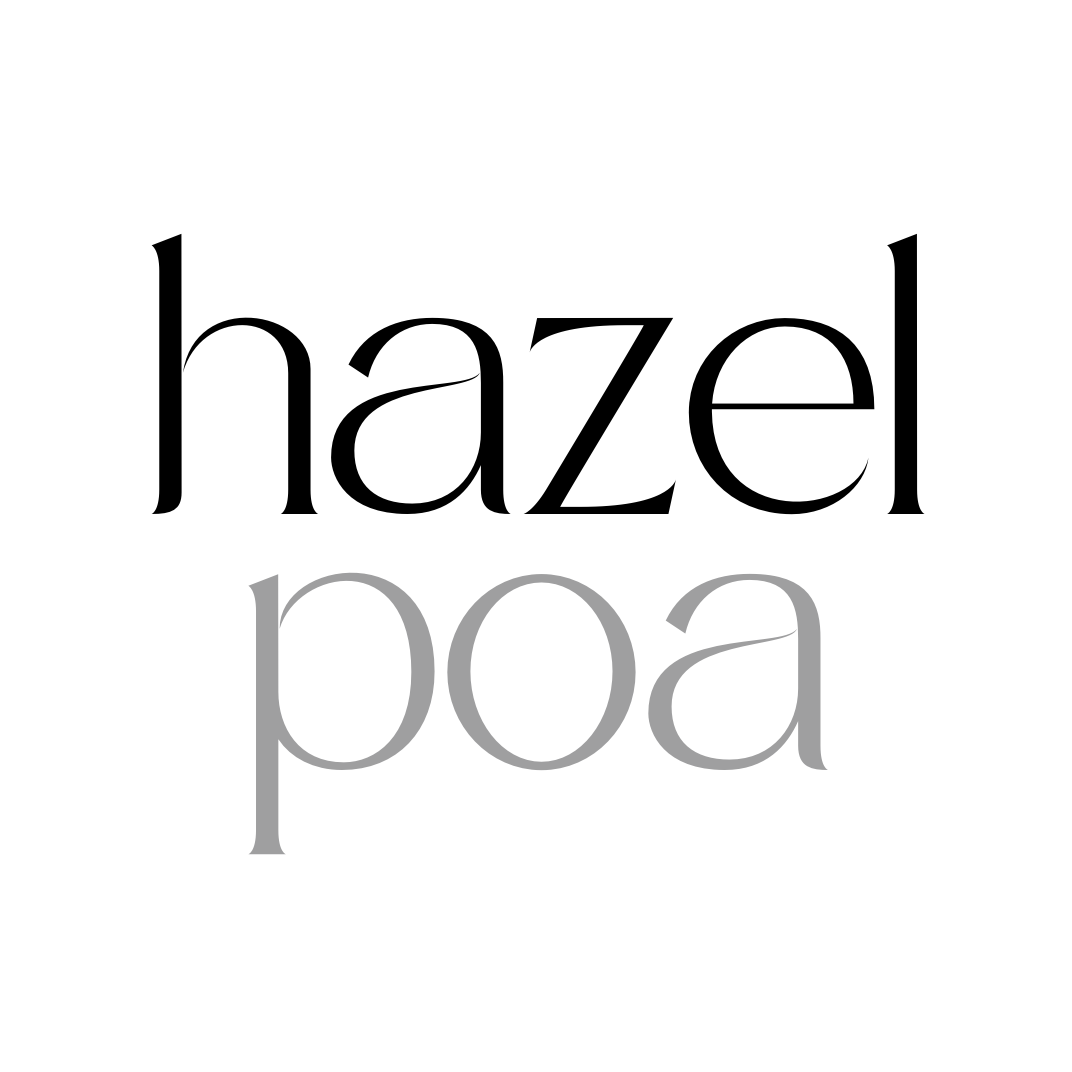Mr Chairman,
First of all, I declare that I run a company operating education centres and a private school.
Allow me to quote extracts from Everychild.sg’s White Paper developed by Singaporean parents: “… the cultural norm among many Singaporean families is for a parent … to plan to take time off during the child’s PSLE year, rather than during the first 1 – 2 years of the child’s life… many Singaporean parents… prioritising giving their child undivided attention at the age of 11/12, which appears to the child to be tied to performance expectations, rather than the more unconditional and intimate love of infancy and early childhood. We would be naive to think this does not have a negative impact on children’s mental health, emotional development, self-esteem and future relationships.”
This is the third time I am urging MOE to consider piloting a through-train programme for primary and secondary school students, bypassing the PSLE and I have no intention of stopping. There should be no sacred cows in education. The learner, especially the well-being of the child, comes first.
Another sacred cow to slay is the size of our schools. There is no “one-size-fits-all” solution in school size policies. In our international school scene, families may choose from a variety of schools that best fit their children’s profiles. There are primary schools that take in less than 200 students to big schools with a few thousand strong student population. For local students, we only offer big schools. MOE merges schools because of falling birth rates and changing demographics of housing estates.
I urge MOE to consider a range of school sizes for the sake of our changing learning demographics too. We want to move towards inclusive learning where neurotypical and neurodivergent children play and study well together. Small schools have the advantage of developing deeper connections between staff and students. Just being able to know everyone by name can build a stable, safe environment for children who feel left out and whose needs go unaddressed in big spaces and also, big class sizes. Can we not refurbish old school buildings that have been left abandoned for years, to a couple of small schools for a pilot programme?
Lastly, I want to bring up the Student Initiated Learning (SIL) programme. Last year in October, MOE in response to my question, replied that SIL is “time is set aside for students to pursue their own interests and learn outside the curriculum. This is to encourage students to be more curious and self-directed in their learning” and that “Preliminary feedback indicate that SIL is valued by schools and students”.
The feedback that I have received on the ground is that the reception to SIL is uneven. For example, I do hear of instances where students who are not keen on the scheme choose to “learn” things that they already know. As this is a new initiative with an approach quite different from what is traditional in our schools, teething problems are of course to be expected.
I am fully supportive of encouraging students to be more self-directed in their learning. However, I do feel that making this scheme compulsory is a contradiction to the whole idea of student-initiated learning. Let students have a chance to opt out of the programme if it does not work for them. Do not let them feel this is just another programme imposed on them from above. Making this programme optional will also allow us to get a more accurate picture of the level of acceptance.
And whilst our teachers and students take time to get used to the idea of student-initiated learning and how it can benefit them, perhaps schools can offer some structured programmes that students have voted for as mid-way measures?
Another suggestion is to allow students to use Medisave to learn from classes at SkillsFuture and related online courses. Let us help students build a customised, relevant skills-based portfolio. They can match their learning interests from any class and vendor around the world.
